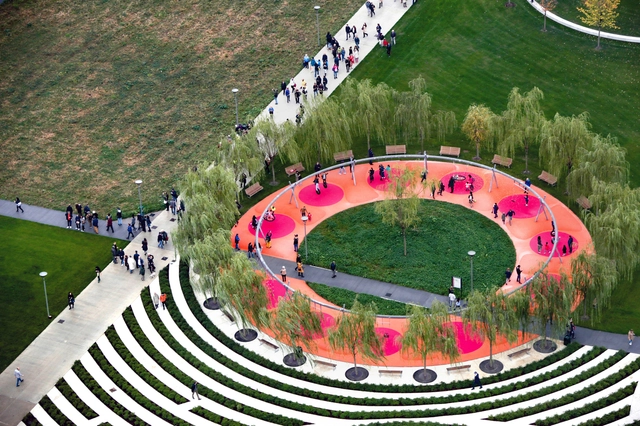
Milan, a global hub of fashion and finance, increasingly asserts itself as a leading center for architecture and design. Its status as Italy's second-largest city underpins its vibrant cultural scene, attracting both established and emerging creative talent. Additionally, Milan is home to esteemed educational institutions recognized for their focus on heritage preservation and conservation. Its cultural and design significance is increasingly pronounced, as a growing number of creators are relocating to establish their presence in this vibrant creative hub.
Among Milan's most iconic landmarks are the flamboyant gothic Duomo di Milano, and the historically and artistically significant Santa Maria delle Grazie, home to Leonardo da Vinci's masterpiece, and the ornate Galleria Vittorio Emanuele II, along with numerous renaissance and baroque sites. The city also boasts some of the most innovative modern and contemporary architecture, showcasing a unique dialogue between tradition and modernity. This synergy is exemplified by the contributions of architects like Aldo Rossi, Gio Ponti, Stefano Boeri, Mario Cucinella, Zaha Hadid, Grafton Architects, Herzog & de Meuron, and Foster and Partners.
The following guide highlights key historical landmarks alongside exemplary contemporary architecture curated by ArchDaily, complemented by Designboom's handpicked interiors and installations. This guide serves as an indispensable resource for those planning to explore Milan during the 2025 Design Week, presenting a blend of essential sites designed by renowned local and international architects.

































































































































